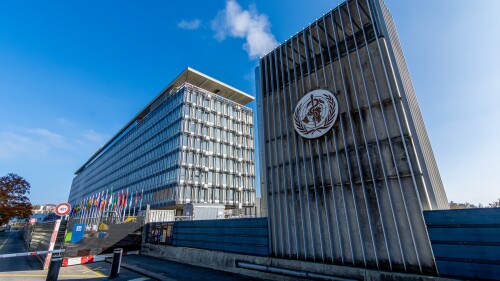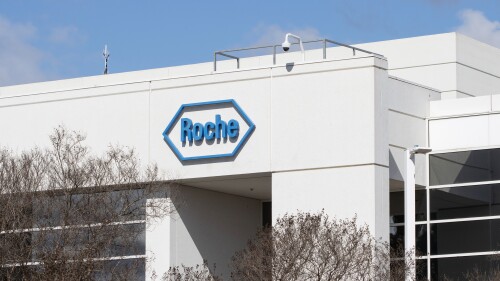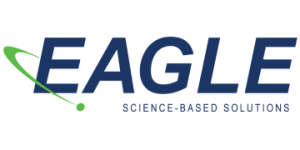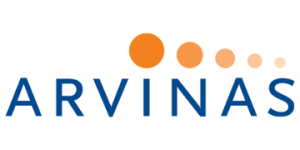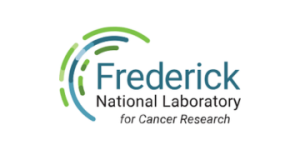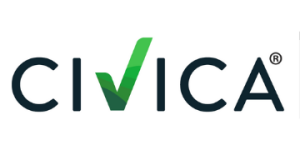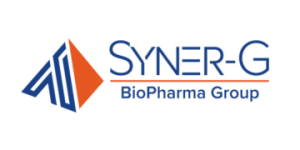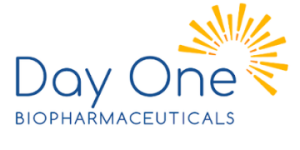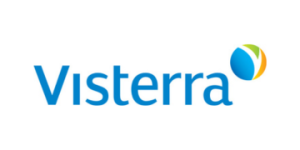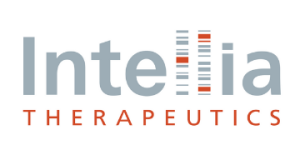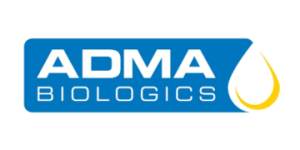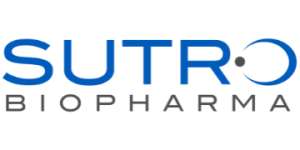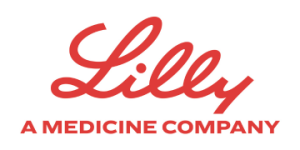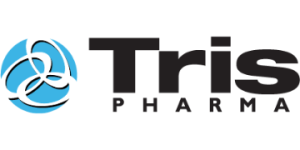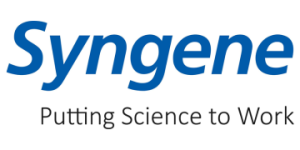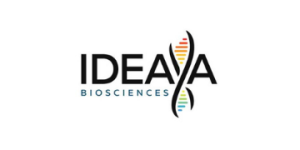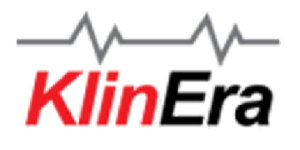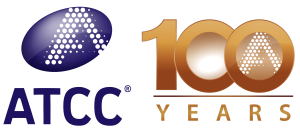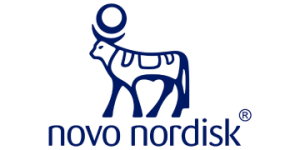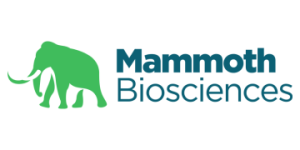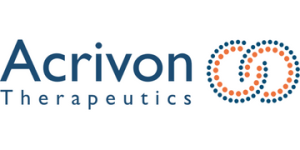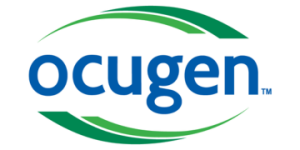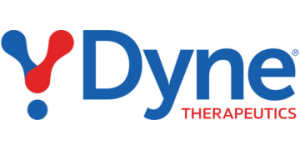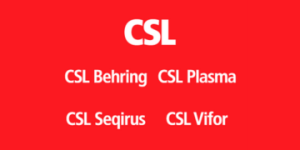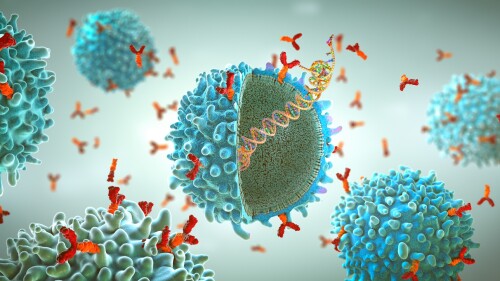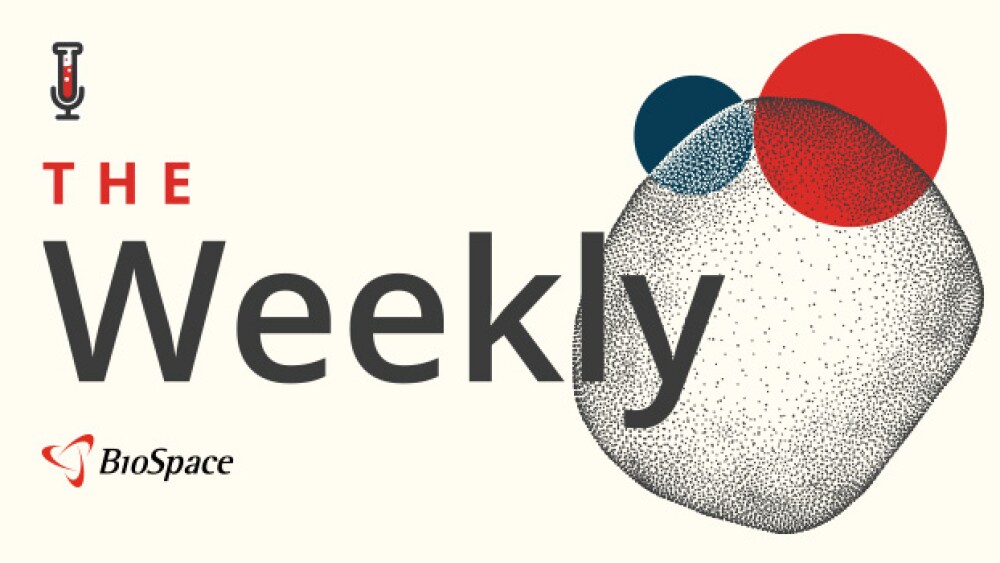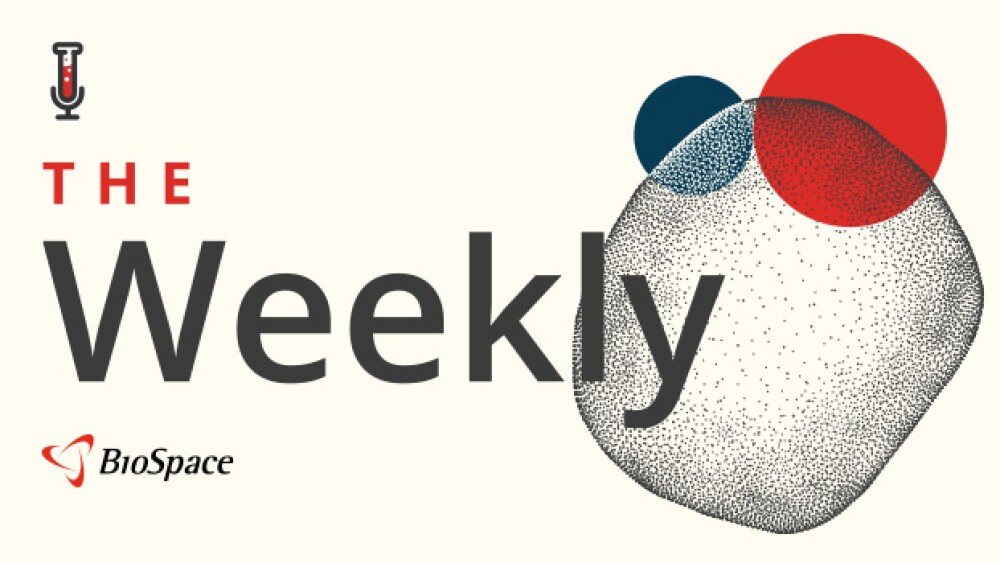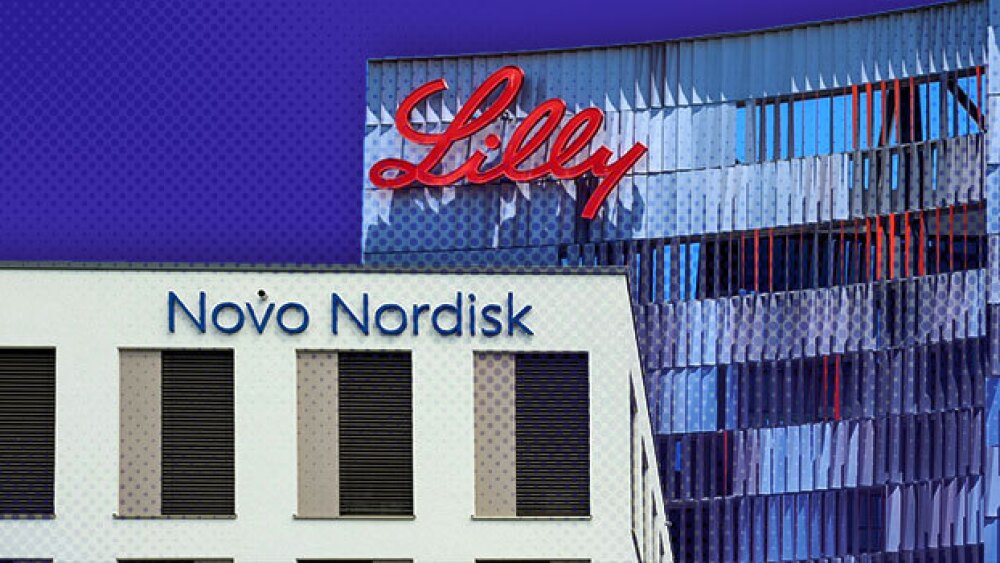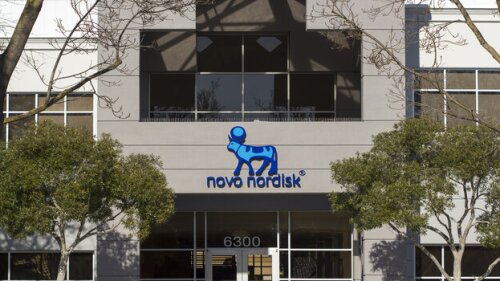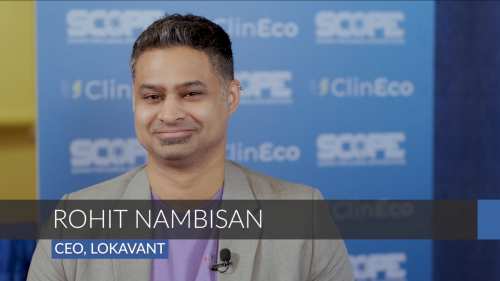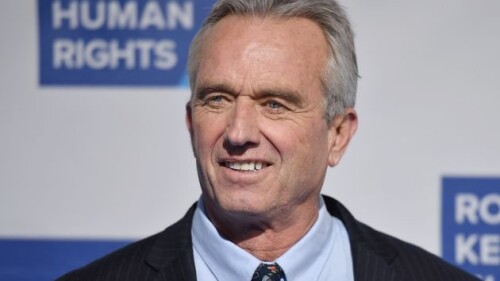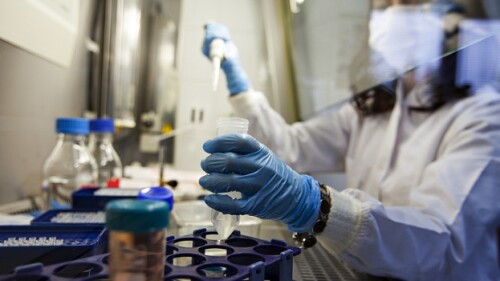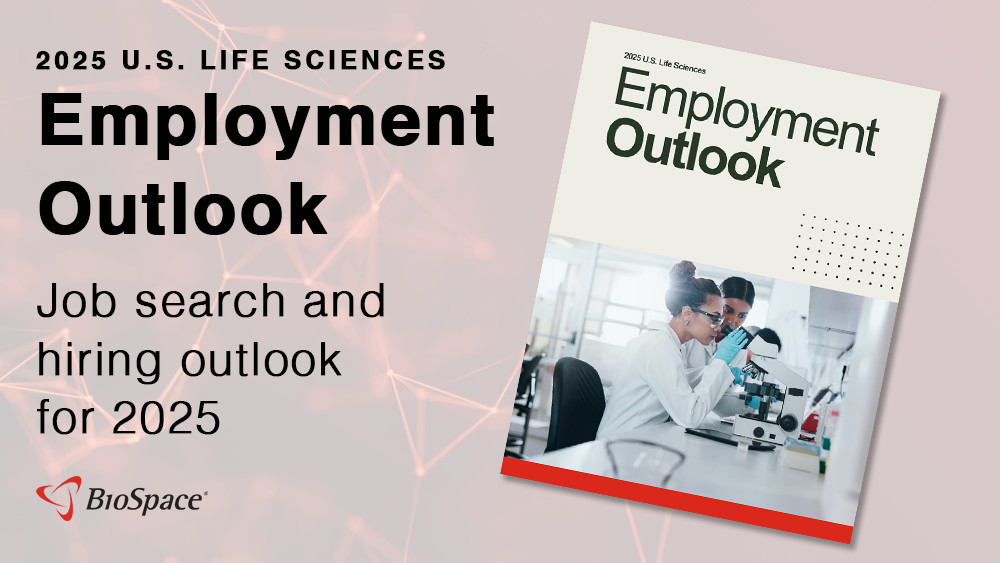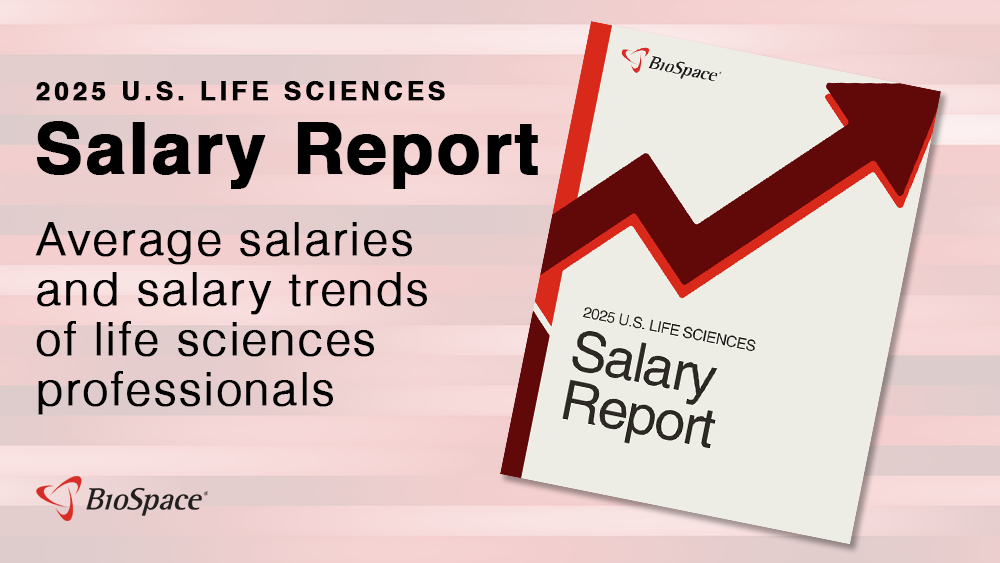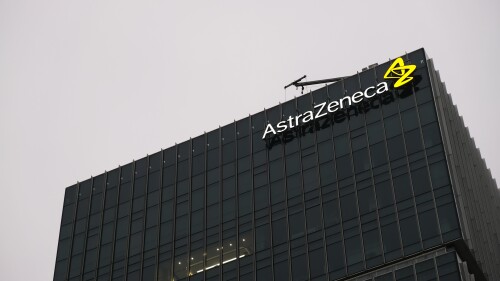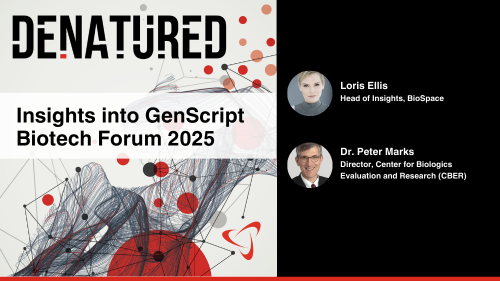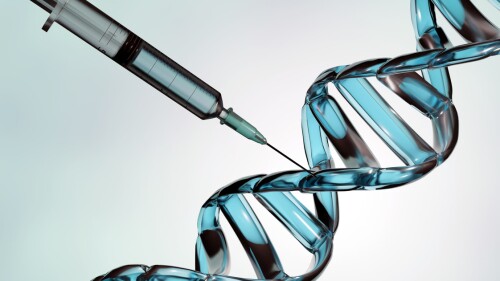Currently trailing Eli Lilly and Structure Therapeutics in the oral weight loss space, Novo Nordisk strikes a deal with Septerna to put new discovery-stage programs into play.
The ADARx Pharmaceuticals partnership, which could be worth “several billion dollars” in the end, adds to AbbVie’s existing work in the space after the $1.4 billion acquisition of Aliada Therapeutics in October 2024.
GSK secures rights to Boston Pharmaceuticals’ efimosfermin alfa, which the pharma plans to develop for fatty liver diseases such as metabolic dysfunction-associated steatohepatitis and alcohol-related liver disease.
Belrestotug showed underwhelming efficacy outcomes in mid-stage studies of non-small cell lung cancer and head and neck squamous cell carcinoma.
Arcturus is extending its cash runway into 2028 by discontinuing its early-stage vaccine candidates.
Roche envisions its Indianapolis site as a “major hub” for the manufacturing of its continuous glucose monitoring systems. The news comes on the heels of an announced $700 million investment in North Carolina.
FEATURED STORIES
Since 2016, the FDA has approved three disease-modifying treatments for spinal muscular atrophy, with several companies—including Novartis, Scholar Rock and Biogen—progressing novel candidates through clinical trials.
It’s early days for xenotransplantation, but eGenesis, Eledon, United Therapeutics and more are working to develop solutions to make this approach a viable option and help ease the organ shortage crisis.
The FDA approval of Alnylam’s Amvuttra sets up a three-way race with Pfizer and BridgeBio, which both market transthyretin stabilizers for transthyretin amyloid cardiomyopathy.
FROM BIOSPACE INSIGHTS
In a year when eradicated diseases are on the uptick in America, how will American children survive RFK Jr.’s vaccine scrutiny and inconsistency? Two experts call on pharma and regulatory bodies to rebuild trust.
LATEST PODCASTS
This is the third episode of Denatured’s discussion on diversity, equity and inclusion. Here, our guests discuss imperatives around access and accountability.
Pfizer selects its candidate for the oral GLP-1 race as Eli Lilly strives to overtake Novo Nordisk in the injectable weight-loss drug space. Meanwhile, pressure builds to reduce drug prices in the U.S.
Eli Lilly becomes the latest to make a major investment in immunology and inflammation, while antibody-drug conjugate biopharma Myricx Bio nets a large Series A round and new research highlights the potential and possible risks of GLP-1s.
Job Trends
Eli Lilly and Company announced that Melissa Seymour will join the company as executive vice president of Global Quality and member of the company’s Executive Committee, effective July 22, 2024.
Subscribe to Genepool
Subscribe to BioSpace’s flagship publication including top headlines, special editions and life sciences’ most important breaking news
SPECIAL EDITIONS
BioSpace did a deep dive into executive pay, examining the highest compensation packages, pay ratios and golden parachutes—what a CEO would get paid to leave.
A new generation of checkpoint inhibitors is emerging, with some showing more promise than others. From recent TIGIT failures to high-potential targets like VEGF, BioSpace explores what’s on the horizon in immuno-oncology.
Peter Marks, the venerable head of the FDA’s Center for Biologics Evaluation and Research, has been forced out. In this special edition of BioPharm Executive, BioSpace takes a deep dive into the instability of the HHS.
DEALS
-
Venture capital in the sector hit $9.2 billion in the second quarter of 2024, up from $7.4 billion in Q1, while exits fell on a slower M&A cycle and picky IPO market.
-
M&A activity surges and IPOs return as the biotech industry navigates a changing business landscape marked by strategic consolidation and renewed investor focus on innovation.
-
The Connecticut-based biotech, which emerged from stealth last year, has secured $202 million to date as it looks to move two assets targeting prostate and breast cancer into the clinic.
-
Armed with a combined $850 million in cash, the companies said Thursday the resulting biotech will have a pipeline that could deliver 10 clinical readouts over the next 18 months.
-
The size of the global immunology market is projected to nearly double by 2032 to a quarter of a trillion dollars. Here are this year’s standout deals in the space.
WEIGHT LOSS
-
With Novo Holdings’ $16.5 billion buyout of Catalent being reviewed by regulators, what work the contract drug manufacturer may or may not be performing for Eli Lilly remains a point of contention.
-
Novo said supply of Wegovy and Ozempic is in good shape after the drugs were removed from the FDA’s shortage list last week. But Eli Lilly reported slower than expected sales in the third quarter due to wholesaler destocking.
-
Novo Nordisk’s total revenue in the third quarter missed analysts’ expectations but sales of weight loss drug Wegovy exceeded the consensus forecast. Still, the Danish drugmaker narrowed its full-year guidance for revenue and operating profit.
-
While expected and seen as largely incremental, Jefferies analyst Peter Welford in a Tuesday note to investors said the detailed data for three early-stage assets support moving them into Phase IIb studies and creates a “foothold” for AstraZeneca in the weight loss space.
-
Jefferies analyst Roger Song in an investor note said that Viking Therapeutics’ readout for its investigational therapy VK2735 exceeded expectations, with “class-leading” weight loss. Patients on 100-miligram doses of the pill lost 8.2% of their body weight after 28 days.
POLICY
-
Despite expectations of dealmaking leniency, new FTC chairman Andrew Ferguson told staff that he will retain the current 2023 FTC and DOJ guidelines on mergers, upholding stricter anti-trust scrutiny on deals.
-
Recently appointed HHS Secretary Robert F. Kennedy Jr. in 2018 helped bring several cases against vaccine maker Merck, alleging injury linked to its HPV shot Gardasil.
-
The hammer came down on an unspecified number of FDA employees this weekend, days after Robert F. Kennedy Jr. was confirmed as HHS Secretary.
-
Continuing our SCOPE 2025 coverage, Rohit Nambisan, CEO at Lokavant addresses not only current challenges, but the life sciences industry’s responsibility to maintain scientific integrity.
-
Robert F. Kennedy Jr.—whose history of anti-vaccine rhetoric has had the healthcare and biopharma industries on edge—was confirmed as Health and Human Services Secretary in a Senate vote along party lines.
The role of a clinical research nurse can be rewarding, but it’s not without challenges. Find out more about the role of a clinical research nurse and what it takes to become one in our guide.
Find out everything you need to know about research and development, including the skills it requires and what you should do if you’re ready to make the transition into R&D.
At the foundation of every clinical trial are the professionals who ensure its successful execution. Read on to find out more about how to know if clinical research is right for you.
Q1 is the time when many employers are actively recruiting new talent. Because it takes an average of 60 days to fill a job opening, Q4 might be the best time to apply for jobs in the life sciences.
Being laid off from your job can be difficult and confusing. To help you in your job search, we’ve explained how to address a layoff in your cover letter to help you land your dream job.
If you want to maximize your career earnings, it pays to consider which cities are the most affordable. Here are the top five most affordable cities for biopharma in the U.S.
HOTBEDS
REPORTS
In this Employment Outlook report, BioSpace explores current workforce sentiment, job activity trends and the prospective job and hiring outlook for 2025, particularly as it compares to the previous year.
BioSpace’s third report on diversity, equity, inclusion and belonging in life sciences examines dramatic shifts in attitude around diversity initiatives.
CANCER
-
The conversion of Calquence’s accelerated approval in mantle cell lymphoma comes a day before the drug was listed among the 15 products to be subject to IRA-prescripted price negotiations for Medicare this year.
-
The Phase III CodeBreaK 300 study returned disappointing overall survival data for Lumakras plus Vectibix in metastatic colorectal cancer, but in its approval announcement, the FDA pointed to significant improvements in progression-free survival, calling it the “major efficacy outcome” of the trial.
-
In this episode of Denatured, BioSpace’s Head of Insights Lori Ellis talks to Dr. Peter Marks, Director, CBER about his thoughts on the future of cell and gene therapies.
-
Annemarie Hanekamp has overseen some of the most transformative changes in oncology over her years in Big Pharma. Now, she will oversee BioNTech’s transition from a COVID-19 vaccine maker to an “end-to-end organizational oncology powerhouse.”
-
JPM25 is in full swing as several pharma powerhouses—including Merck, Lilly and Amgen—detail their strategies for growth in the coming year.
NEUROSCIENCE
-
Cassava Sciences has revealed the late-stage clinical failure of controversial Alzheimer’s drug simulfilam. The company had pledged to share the results whether “good, bad or ambiguous.”
-
Sage Therapeutics discontinued development of its lead candidate dalzanemdor after a third clinical failure, leading analysts to question the biotech’s future profitability.
-
After previously failing studies in Parkinson’s and Alzheimer’s, dalzanemdor’s latest stumble in Huntington’s disease has pushed Sage Therapeutics to pull the plug on the NMDA receptor modulator.
-
Trump fingers Robert F. Kennedy Jr. to lead the HHS, lupus and ATTR-CM dominate headlines this week, bluebird bio has a cash gap to leap and RegenxBio eyes Sarepta in Duchenne muscular dystrophy.
-
Phase II results for Cybin’s psilocin therapy showed remission rates of 71%, but just eight patients made it to the 12-month milestone.
CELL AND GENE THERAPY
-
While ex vivo genome editing results in highly effective cell therapies, it can lead to off-target effects. Caribou Biosciences has come up with a novel approach for potentially more precise gene editing compared to all-RNA guides.
-
The pediatric patients, with a rare neurodegenerative disease, were treated with bluebird bio’s Skysona to slow the progression of neurologic dysfunction. Six patients developed myelodysplastic syndrome and one patient developed acute myeloid leukemia.
-
Large pharmaceutical companies were out in force at this week’s 2024 Cell & Gene Meeting on the Mesa, as they look to expand their presence in the industry.
-
Tim Hunt, CEO of the Alliance for Regenerative Medicine, said Monday at the 2024 Cell & Gene Meeting on the Mesa that investments reached $10.9 billion in the first half of this year—outpacing 2019’s $9.8 billion total—but far below the pandemic peak.
-
The Financial Times reported Thursday that WuXi AppTec is looking to sell its cell and gene therapy manufacturing unit, with facilities in Philadelphia, while WuXi Biologics wants to offload some of its production sites in Europe.


